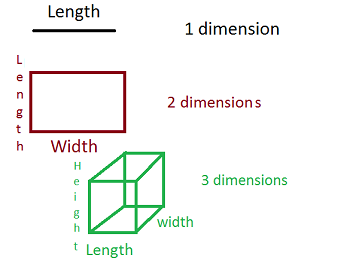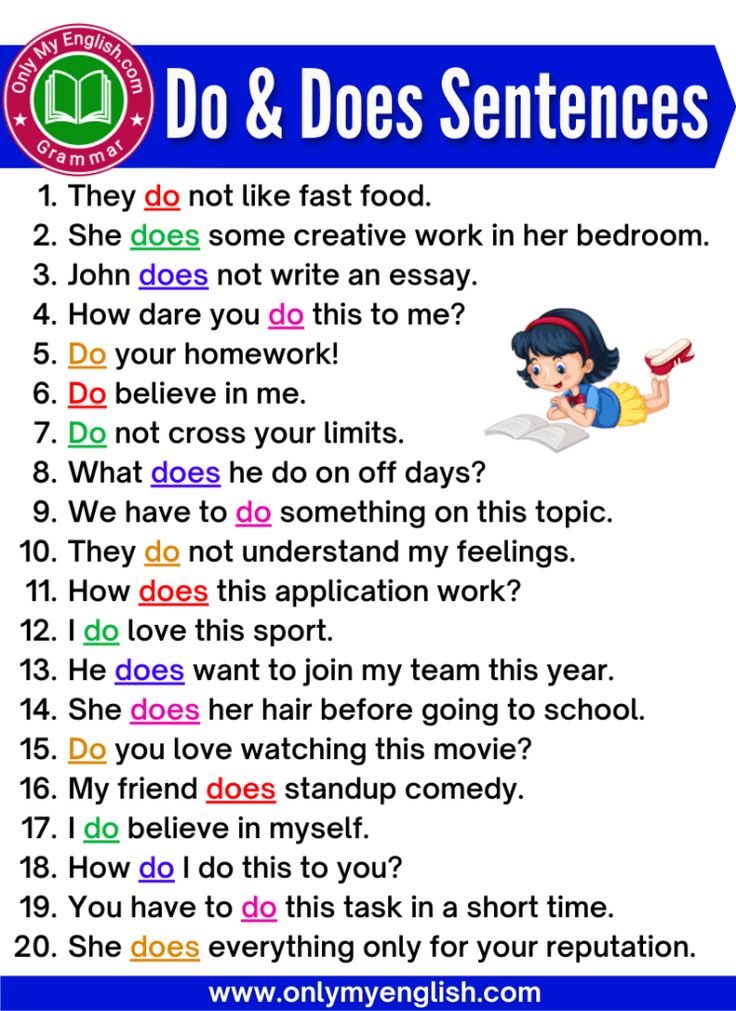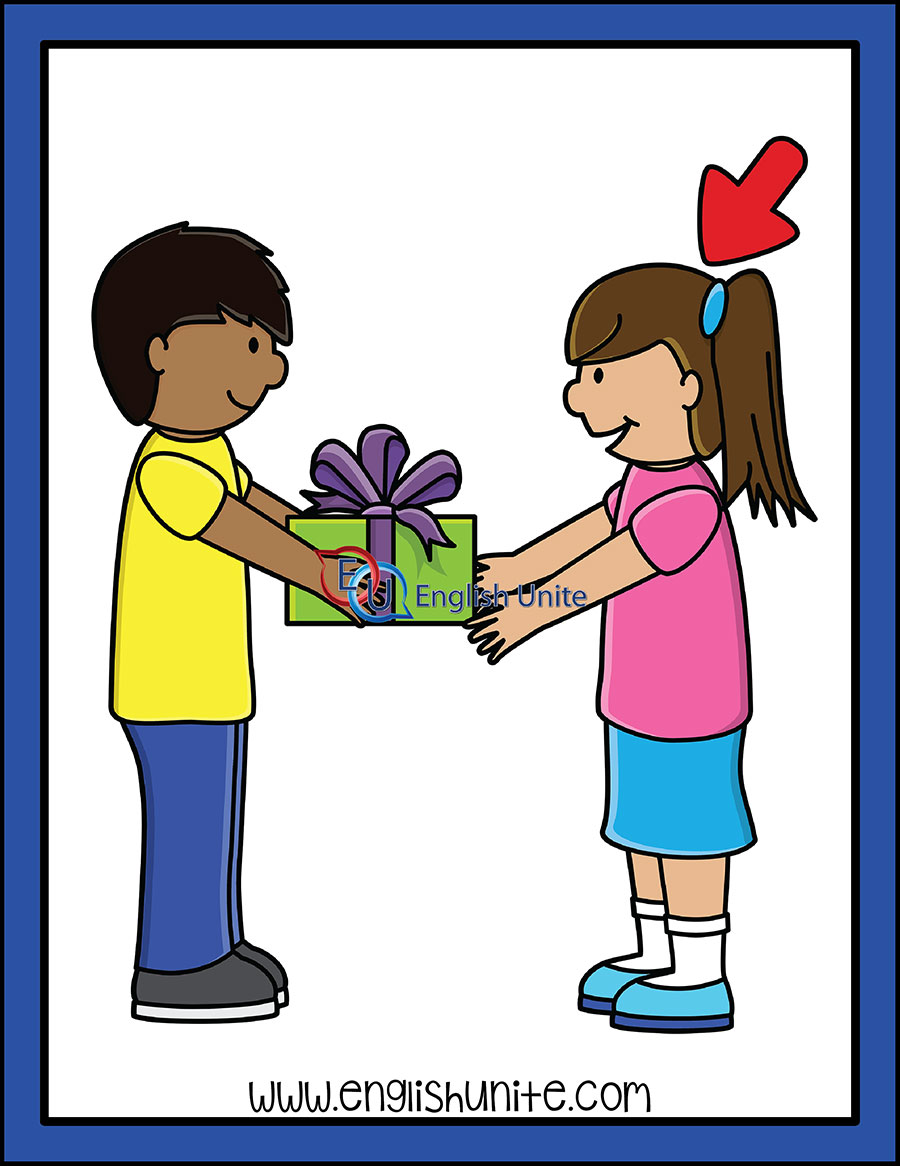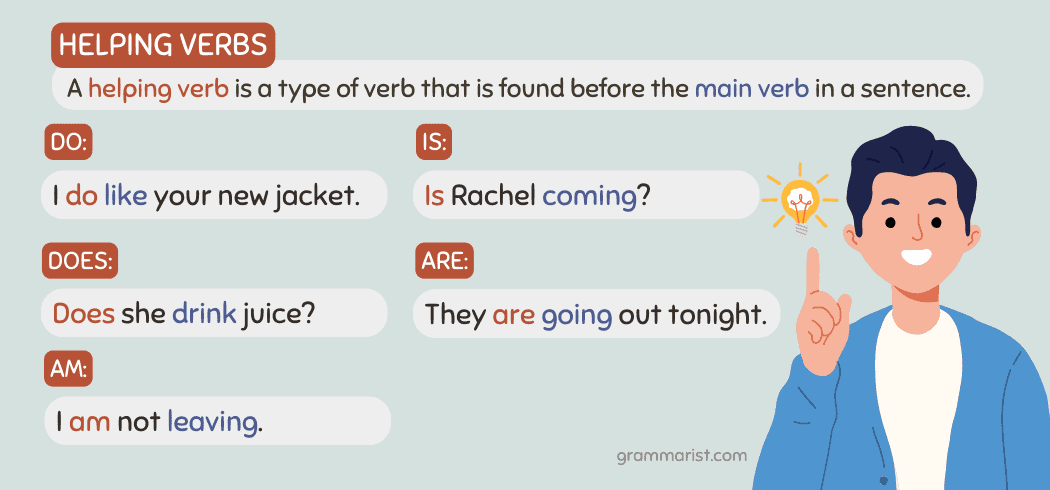Understanding the Role of a Food Runner: Duties, Skills, and Career Insights
Introduction: The Essential Role of a Food Runner
In the fast-paced environment of restaurants, catering companies, and bars, food runners serve as crucial links between the kitchen and the dining area. Their primary responsibility is to deliver food from the kitchen to guests quickly, efficiently, and accurately, ensuring both presentation and temperature standards are met. By doing so, food runners help maintain a smooth flow of service and elevate the overall guest experience [1] [2] .

Source: wallpapers.com
What Does a Food Runner Do?
The core function of a food runner is to act as a bridge between chefs and guests. This includes:
- Delivering Food to Tables: Ensuring that each dish arrives at the correct table, hot and freshly presented, as intended by the kitchen staff [3] .
- Verifying Orders: Double-checking every plate for accuracy, completeness, and proper garnishing before it leaves the kitchen [1] .
- Assisting Servers: Helping waitstaff during busy periods by refilling drinks, resetting tables, and providing extra guest support [3] .
- Maintaining Cleanliness: Clearing and resetting tables, cleaning trays, and ensuring that stations remain sanitary and organized [2] .
- Supporting Communication: Acting as a liaison between the front-of-house and kitchen teams, relaying feedback and special requests accurately [5] .
Key Skills and Qualifications for Food Runners
To perform effectively as a food runner, several skills and attributes are essential:
- Multitasking: Food runners must juggle multiple orders, assist various team members, and respond quickly to changing needs [4] .
- Organizational Skills: Locating tables efficiently, managing multiple orders, and keeping stations tidy are vital duties [4] .
- Communication: Clear communication with chefs, servers, and guests helps prevent mix-ups and ensures a smooth operation [5] .
- Physical Stamina: Food runners spend most of their shift on their feet, often carrying heavy plates and moving quickly through crowded spaces [4] .
- Attention to Detail: Double-checking orders, remembering special requests, and maintaining high presentation standards are all part of the job [1] .
While a high school diploma is usually sufficient, prior hospitality experience is valued but not always required. Most employers provide on-the-job training for new food runners, focusing on safety, food handling, and customer interaction [2] .
Daily Workflow and Responsibilities
The daily life of a food runner is dynamic and can vary by establishment, but typically includes:
- Receiving prepared dishes from the kitchen and ensuring they are complete and accurate
- Delivering plates to the correct tables while maintaining food quality
- Communicating any guest feedback or complaints to kitchen staff
- Clearing empty plates, refilling drinks, and resetting tables as needed
- Assisting with takeout and delivery orders when required
This position is fast-paced, particularly during peak dining hours. Food runners must remain calm under pressure, respond quickly to guest needs, and adapt to any changes in the restaurant environment [2] [5] .

Source: auspost.com.au
Challenges and Solutions in the Food Runner Role
Food runners frequently encounter challenges such as:
- High Volume Periods: During busy shifts, the volume of orders can become overwhelming. Effective teamwork and communication with both servers and kitchen staff are essential for managing the rush.
- Order Mix-Ups: Mistakes in delivering orders can occur if attention to detail lapses. Implementing standardized checklists and double-checking tickets can minimize errors.
- Physical Demands: Standing for long periods and carrying heavy trays can be taxing. Proper footwear and regular breaks help manage fatigue.
- Guest Interactions: Handling dissatisfied customers or last-minute requests requires patience and professionalism. Food runners benefit from basic conflict resolution training and clear escalation protocols.
Many restaurants offer on-the-job mentoring and provide guidelines to help food runners handle these challenges effectively [3] .
How to Become a Food Runner: Step-by-Step Guidance
If you are interested in becoming a food runner, you can follow these general steps:
- Research Opportunities: Check job boards, restaurant websites, and local hospitality staffing agencies. Popular platforms for food service jobs include Indeed and Qwick.
- Apply for Entry-Level Openings: Most food runner positions require minimal prior experience. Prepare a resume emphasizing customer service skills, reliability, and willingness to learn.
- Prepare for Interviews: Be ready to discuss your ability to multitask, handle pressure, and work as part of a team.
- Obtain Food Safety Certification: Some employers may require or recommend basic food safety training. You can search for state-approved food handler courses online or inquire at your local health department.
- Onboarding and Training: Once hired, you’ll receive practical training on food handling, safety, guest interaction, and restaurant-specific protocols.
Remember, requirements and processes may vary by employer and location. If you’re unsure about where to start, contact local restaurants directly or search “food runner job openings” on major job sites for current listings.
Real-World Examples and Career Progression
Many successful restaurant professionals, including managers and executive chefs, began their careers as food runners. This role offers valuable experience in teamwork, customer service, and food safety, which can open doors to future advancement. For example, a food runner at a busy urban restaurant may be promoted to server, shift lead, or even kitchen expediter after demonstrating reliability and initiative [1] .
Case studies from various restaurants show that food runners who excel in their roles often receive cross-training in other front-of-house or kitchen positions, expanding their career options within the hospitality industry.
Alternative Approaches and Related Roles
In some establishments, the food runner’s duties may be combined with those of a server assistant, busser, or expediter. Large restaurants or fine-dining venues often employ specialized food runners, while smaller venues may assign these responsibilities to servers or kitchen staff.
If you are seeking a role with more guest interaction, consider applying for entry-level server positions. If you prefer working behind the scenes, kitchen assistant roles may be a better fit. All these positions provide valuable industry experience and may share similar training requirements.
Key Takeaways
Food runners play an indispensable part in delivering excellent dining experiences. Their work ensures that meals are served promptly, orders remain accurate, and guests feel well cared for. If you have strong communication skills, enjoy working in a team, and thrive in fast-paced environments, a career as a food runner could be a rewarding path.
To learn more about hospitality careers or food safety training, you can contact local restaurants, consult your state health department for certification requirements, or search for “food runner jobs” on reputable job boards. Always verify the credibility of any platform or course provider before sharing personal information or paying fees.
References
[1] Metrobi (2024). What is a food runner? Clarifying the Role.
[2] Otter (2024). What is a food runner?
[3] shiftNOW (2024). What Does a Food Runner Do?
[4] Indeed (2025). Food Runner Job Description.
[5] Qwick (2024). What’s a Food Runner? Job Description, Salary, + Openings.
MORE FROM eboxgo.com













